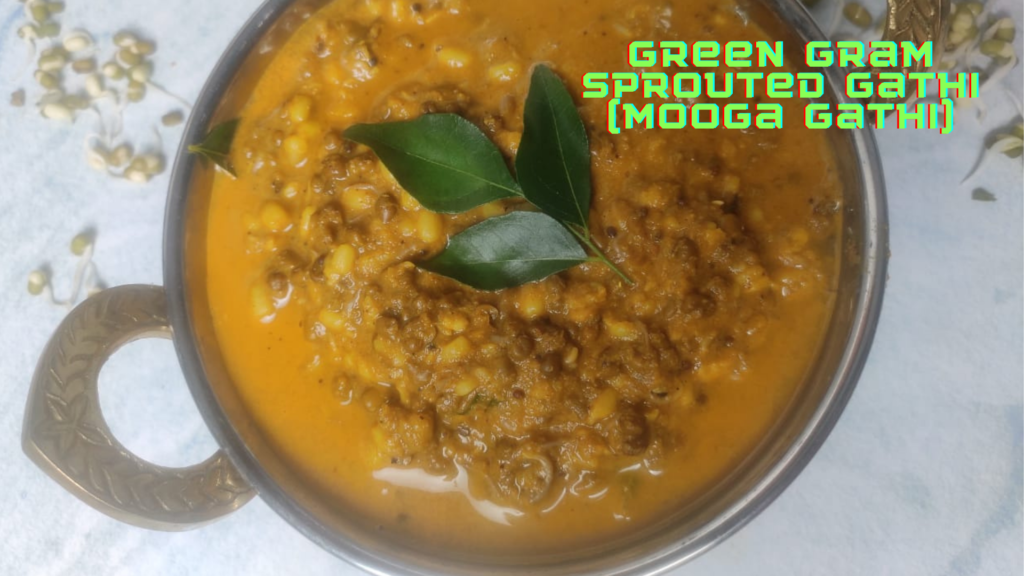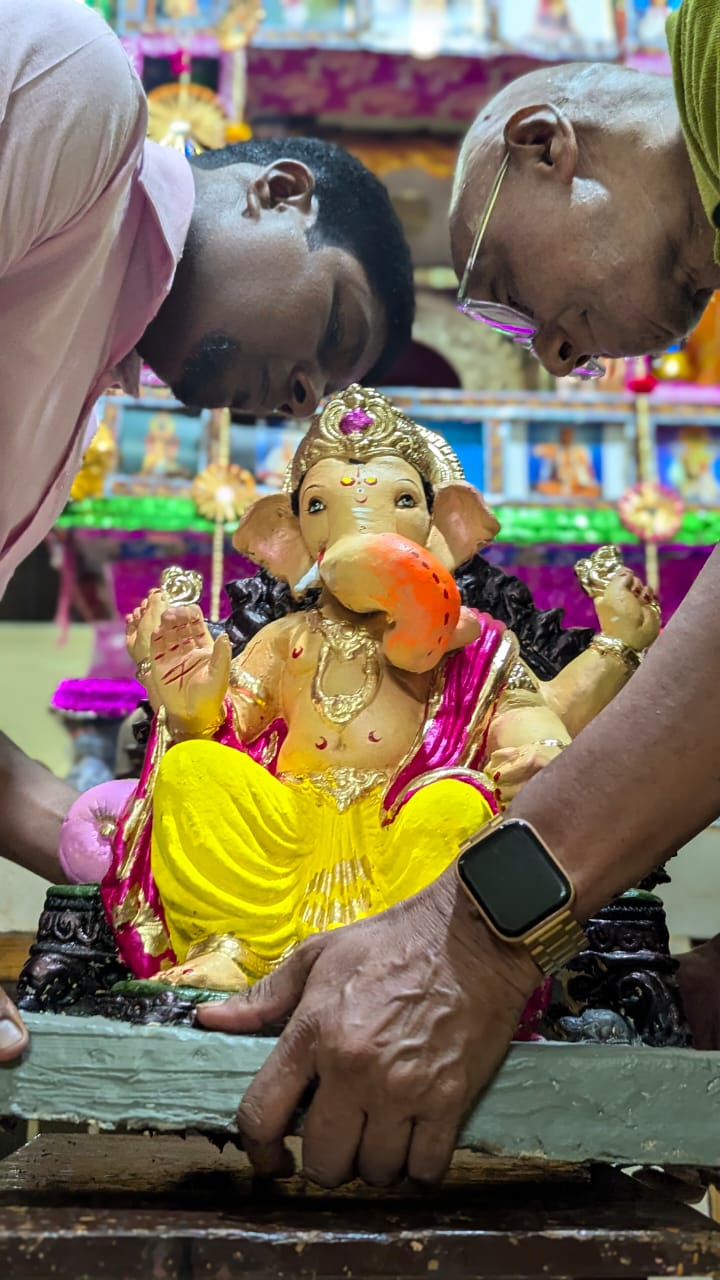They say helping others begins at home, and looking back, I couldn’t agree more. Growing up in a small family, our celebrations were simple but meaningful. However, things changed when I married into a bigger family. One of the most special traditions we embraced was Ganapati, a five-day celebration that brought everyone together. It was a time of joy, but as the years passed, I began to question the length of our festivities.
The five days felt overwhelming, especially for the women in the family who handled all the cooking. I often wondered if we could shorten the celebration—perhaps to just one and a half days. We had to wear traditional outfits and prepare food for so many people, which became increasingly challenging when I became a mother. My father-in-law, with all good intentions, would invite even more guests, which only added to the workload. We women carried on, following traditions and fulfilling our duties, but it was tough.
One of the sacrifices I made during these celebrations was giving up meat for those five days. For someone who loved eating meat, it felt like a significant adjustment.
After many years of following this practice, my life took a new direction. I adopted a healthier lifestyle and began learning about the teachings of the Gita. Around the same time, I became involved with an initiative called Karma Kitchen, which centers around the spirit of kindness and generosity.
At first, I found myself questioning the concept behind Karma Kitchen. Why focus on kindness toward those who already had plenty? Why not direct our efforts toward those in real need? I felt that genuine kindness was lacking. Nevertheless, I joined Karma Kitchen, curious to see what the experience would bring. To my surprise, it felt wonderful, but I still didn’t fully grasp the depth of true generosity.
As I delved deeper into the teachings of the Gita and reflected on my life, things started to click. I recalled Lord Krishna’s message about treating every action as an opportunity to serve others with gratitude. I resonated with the idea of “prasad bhav”—offering with a heart full of thanks.
Suddenly, I saw Ganapati in a new light. It wasn’t just about a ritual or tradition; it was an opportunity for me to refine my skills in helping others. It was about welcoming guests and nourishing them, not just with food, but with a thankful and open heart.
As I connected the dots, I realized that everything in life is linked. My involvement with Karma Kitchen wasn’t just a separate experience; it was part of a larger lesson life was teaching me. The Universe has its own way of weaving everything together, even if we don’t always see the pattern right away.
I came to understand that true kindness isn’t about giving with expectations. It’s about offering your time, love, and care, purely from the heart. It’s not just about material wealth, but the richness of spirit within us.
Now, looking back at my journey—from family celebrations to serving through Karma Kitchen—I realize that real generosity comes from the heart. This experience has taught me that being truly rich isn’t about money; it’s about the goodness we cultivate inside and share with the world.
In the spirit of festivals, I share the recipe of Moong Ghatti with you! Any Goan festive celebration is incomplete without this dish.
Traditionally all moong skin is removed by soaking sprouted moong in water overnight. We have skipped this as any peel has a lot of micronutrients.
I hope you will try and enjoy this recipe.

INGREDIENTS
1 cup Green Gram (Moong)
2-3 Dry red chilies ( Badgi chillies lightly heated)
1 tsp coriander seeds
1/4 tsp fenugreek seeds
1/4 tsp turmeric powder
1 large marble size ball of tamarind
10 curry leaves
1/4 tsp asafoetida (hing)
1.5 cup grated coconut
8-10 peppercorns
1 tbsp jaggery or date paste
9-10 Cashew halves
10-12 thinly sliced fresh coconut
Rock salt to taste
HOW TO SPROUT MOONG
Soak green gram overnight in 4 cups of water. Drain out the water the next
morning and tie green gram in a muslin cloth. and keep it overnight for sprouting.
You may also use a sprout maker instead of a cloth or use a strainer.
DIRECTIONS
1. Boil the sprout gram in 3 cups of water or you may also steam them until they are
cooked properly. For Moong Ghaati the moong should become soft.
2. Adding water is very important as the same water will be used for moong saar.
3. Sauté coriander seeds lightly, fenugreek seeds till they are fragrant. Sauté each ingredient separately in the tadka pan.
4. Grind coconut, coriander, dry chilies, turmeric, peppercorns, fenugreek seeds,
coriander seeds, and tamarind.
5. Transfer boiled gram, cashew halves and coconut slices to a big thick bottom pan. Bring it to a boil now add the ground masala and cook for a while. In a tadka pan add mustard seeds.
6. Let it splutter now add curry leaves, hing and little water.
7. Let it simmer and transfer it to the pan. After adding tadka switch off the gas and
salt and date paste or jaggery. You may skip adding date paste / jaggery if you prefer a little spicy.
NOTES
You may also use a sprout maker instead of a cloth or use a strainer.
Soak the cashew halves before use. If you are using a clay pot. Cover the clay pot after cooking so that all the flavor gets infused well. Moong Ghatti tastes best after 4-5 hours of cooking.

